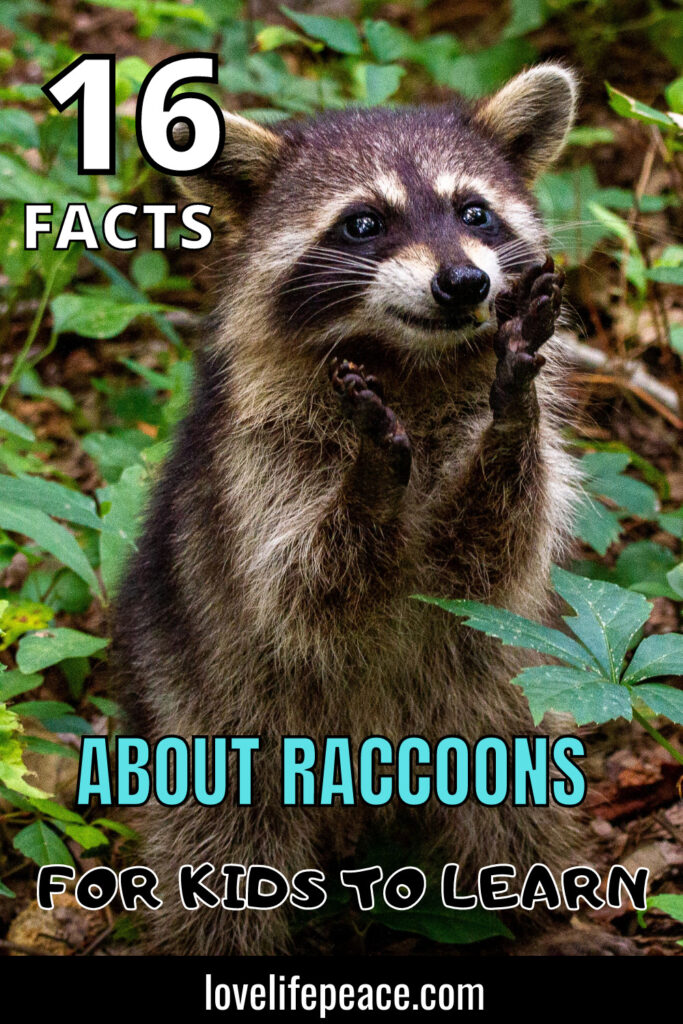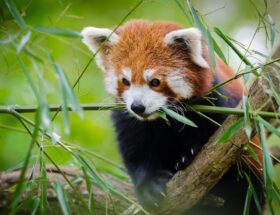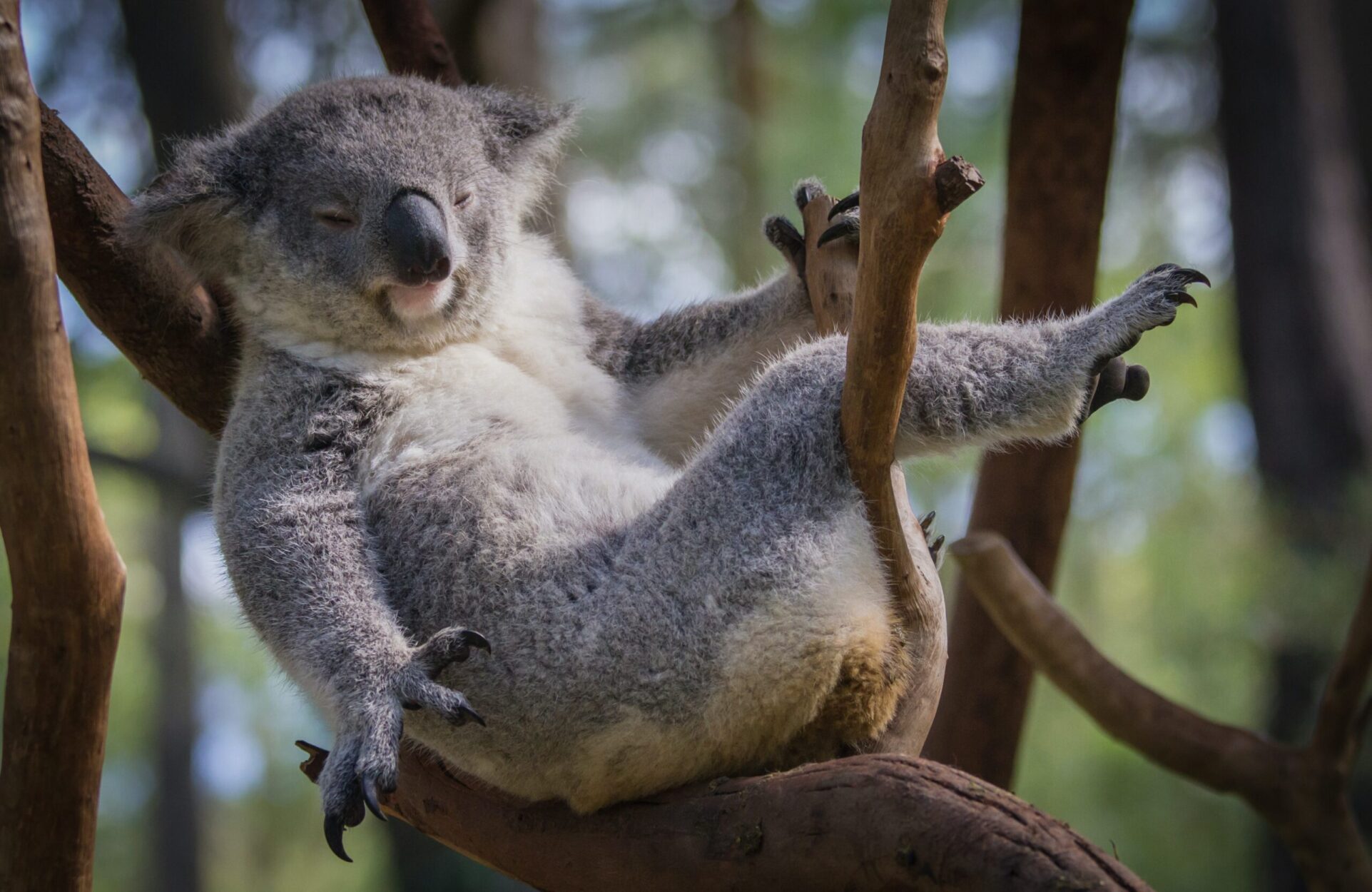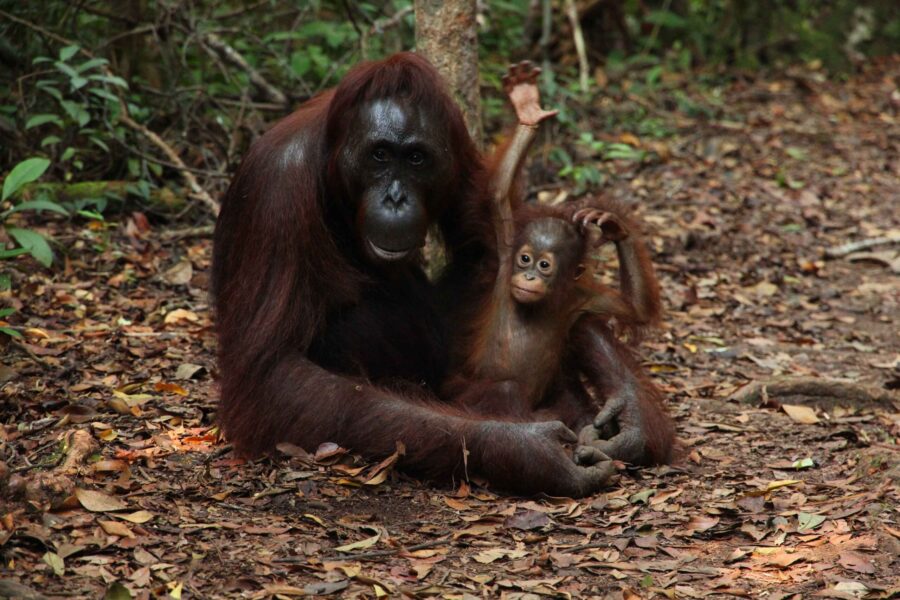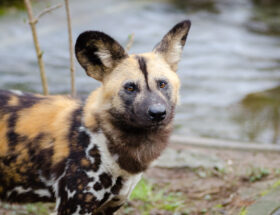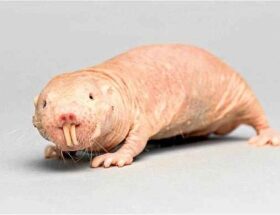Information and facts about the North American Porcupine
The North American Porcupine is a slow-moving rodent native to North America. It is one of 58 species of rodents. They inhabit most of Canada and Alaska, the northern part of the Great Lakes region, western and northeast regions of the United States, and northern Mexico. They live in a variety of habitats such as dense forests, grasslands, tundra, and even dessert shrubs.
North American Porcupines are short-legged and stout. They have black to brownish-yellow fur and razor-sharp quills all over their round body and tail, except for the stomach and nose. The quills are 1 to 4 inches long, hollow, and end with a solid super-sharp barbed tip. The tip is covered with microscopic backward-facing barbs, making it nearly impossible to take out without causing more damage. Porcupine quills are made of keratin, like human hair and nails, and they sport white highlights. And just like hair, old ones fall out and new ones grow in.
Long, soft guard hairs hide the quills throughout their bodies. Also, they keep their quills flat against their bodies, making it hard to see the prickly quills until the animal feels threatened. When that happens, they contract the muscles at the base of each spine, causing the quills to stand upright.
More Top Facts About The North American Porcupine
- They are the second largest rodent in North America. The first one is the beaver. They are about 2 to 3 feet long plus a 10 inch tail, and weigh about 20 pounds.
- Porcupines have about 30,000 quills whose only purpose is self-defense.
- Despite the myth, porcupines do not shoot their quills at predators.
- They are not aggressive animals and will only attack if threatened. They usually slap their tails and stomp their feet as a warning first. Also, the quills release a musky smell to warn any predators to stay away.
- The quills are lightly attached to their bodies and come off easily when they come in contact with objects or predators. When the quills enter the skin of a predator, they work their way further into the skin at a rate of 1 mm an hour. Because the tips are barbed, the muscle movement of the victim draws the quill deeper in. This can be deadly for the injured victim.
- Porcupines are good swimmers. The hollow quills help them stay afloat.
- Porcupines have four, bright orange incisors. Two larger ones above and two smaller ones below. They use these for gnawing off bites of food. The incisors continue to grow throughout their life. The constant gnawing keeps them at a perfect size.
- Porcupines live mostly on the ground but do climb up trees in search of food and sometimes to build nests.
- They make dens in caves, decaying logs and hollow trees.
- They are mostly solitary but will share dens in the winter.
- They are herbivores and eat berries, seeds, grasses, leaves, roots and stems, twigs, evergreen needles, tree bark, and acorns. In the winter, they mostly eat tree bark. Occasionally they supplement their diet by gnawing on bones and antlers that are rich with mineral nutrition.
- Porcupine mating season occurs in late summer and early fall. They have an elaborate mating ritual which includes extensive vocalizations, males performing dances to attract females, and males urinating on females before mating. The females give birth to a single baby after a 7 month gestation period.
- Baby porcupines are called porcupettes and are born with soft quills. They begin to harden within an hour after birth. They stay with the mother for a few months.
- The North American Porcupine has a long life expectancy compared to most rodents whose life expectancy is 5-7 years. The average lifespan in the wild is 18 years but one individual reached 27 years. Only the naked mole rat (also a rodent) beat that record with one who lived to 28.
Conservation Status
The North American Porcupine is currently listed in the IUCN Red List as Least Concern with a stable population. Despite this classification, porcupines are often hunted and trapped as pests since they tend to cause damage to trees, crops, car tires, and other property. The Mexican population is on the verge of extinction. In addition, they suffer from collisions with vehicles.






